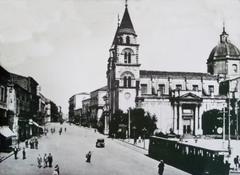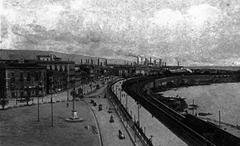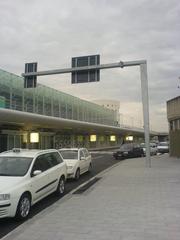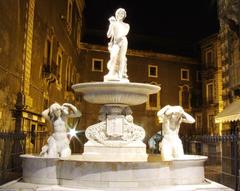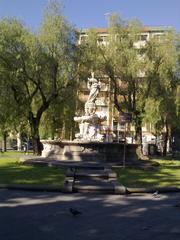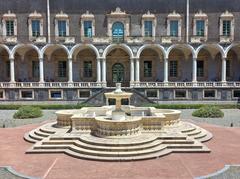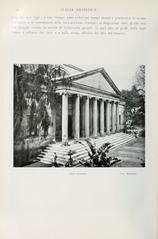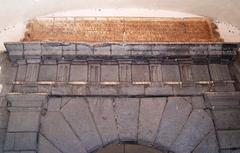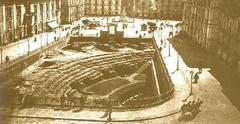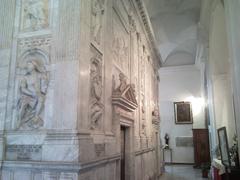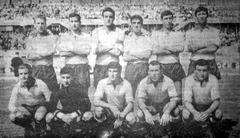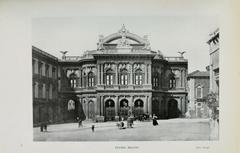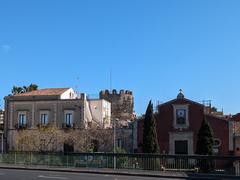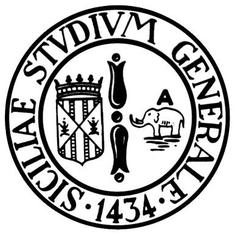Palazzo Bonajuto: Visiting Hours, Tickets, and Historical Significance in Catania
Date: 14/06/2025
Introduction
Located in the heart of Catania’s historic Civita district, Palazzo Bonajuto is one of the city’s most compelling monuments, blending rare Byzantine architecture with Baroque grandeur. Its centerpiece, the Cappella Bonajuto, offers a unique window into Sicily’s rich and complex past—shaped by Byzantine, Arab, Norman, and Spanish-Aragonese influences. This guide provides comprehensive information on the palace’s history, visitor access, ticketing, and travel tips, ensuring you make the most of your visit to this extraordinary site (Around Catania; MuseiOnline).
Table of Contents
- Historical Overview
- Visiting Palazzo Bonajuto
- Nearby Attractions
- Frequently Asked Questions (FAQ)
- Visuals and Media
- Conclusion & Call to Action
- References
Historical Overview
Byzantine Origins and Chapel Architecture
The Cappella Bonajuto, dating from the 6th–11th centuries CE, is an exceptionally rare survivor of Byzantine religious architecture in Sicily (MuseiOnline; Comune di Catania). The chapel’s plan is a classic Greek cross, with a central dome and three apses—a “cellae trichorae” design reminiscent of other Byzantine “cube” churches on the island. Over centuries, the structure became semi-subterranean, now lying about two meters below street level due to volcanic and urban change (MuseiOnline).
Originally dedicated to the Saviour (San Salvatore), the chapel likely served both religious and funerary purposes. Traces of medieval frescoes, geometric patterns, and floral motifs evoke its long spiritual and artistic history (Catania Italiani).
The Bonajuto Family and Medieval Transformations
In the 15th century, the influential Bonajuto family acquired the chapel and integrated it into their growing aristocratic estate. The family adapted the chapel for private use, transforming the underlying cemetery into a family burial site and adding frescoes and decorative motifs that reflect evolving religious tastes (Sicilian Post).
Baroque Rebuilding After Earthquakes
Catania’s history has been shaped by seismic upheaval, particularly the devastating 1693 earthquake. The sturdy Byzantine chapel survived, and Baron Francesco Bonajuto rebuilt the palace in the Baroque style, enveloping the ancient chapel within a grand new residence (UM Library PDF). The resulting complex is a striking example of architectural layering—where Byzantine, medieval, and Baroque elements coexist in one urban space.
Artistic Documentation and Modern Preservation
The chapel has long fascinated artists and scholars. In the late 18th century, French painter Jean-Pierre-Louis-Laurent Houël produced detailed depictions of the site. Major restoration initiatives in the 20th century, led by figures like Paolo Orsi and Sebastiano Agati, stabilized the structure and preserved its decorative heritage (Wikipedia). Today, the Bonajuto family and a local management company oversee the site, balancing preservation with its role as a vibrant cultural venue (MuseiOnline).
Visiting Palazzo Bonajuto
Visiting Hours
- Palazzo Bonajuto & Cappella Bonajuto:
- Tuesday to Sunday: 9:00 AM – 1:00 PM
- Afternoon visits and Mondays: By reservation only
- Closed on public holidays (citymapsicilia.it)
Tickets and Booking
- Full Ticket: €3.00
- Reduced Ticket: €2.00 (seniors over 65, children 10–17, university students, groups of 8+, schools by reservation)
- Free Admission: Children under 10, disabled visitors and companions, authorized tourist guides
- Cappella Bonajuto (stand-alone): Sometimes free, with donations encouraged (peripericatania.it)
Tickets are available on-site; group or special event visits should be booked in advance via the official website.
Guided Tours
- Duration: Approximately 45 minutes
- Languages: Italian, English, others on request
- Booking: Recommended in advance, especially for groups
- Content: Covers Byzantine origins, Baroque integration, architectural features, and restoration history (citymapsicilia.it)
Accessibility
- The chapel is two meters below street level and reached by stairs; accessibility for wheelchairs is limited.
- The main palace areas have ramps and accessible facilities.
- Visitors with mobility challenges should contact management in advance for assistance.
Facilities and Tips
- Location: Via Bonajuto, 11, Catania—close to Piazza Duomo and Via Etnea
- Transport: Walkable from the city center; public transport and parking available nearby, but parking can be challenging (thehistoriantraveller.com)
- Amenities: No on-site café or gift shop, but plenty of local dining and shopping options nearby (citymapsicilia.it)
- Restrooms: Not guaranteed on-site—plan ahead
- Photography: Generally allowed without flash or tripods; respect staff instructions
- Dress Code: Modest attire is recommended, especially during cultural or religious events
- Best Times to Visit: Early morning for fewer crowds; the underground chapel is cool even during summer heat
Nearby Attractions
Enhance your visit by exploring these nearby Catania landmarks:
- Piazza Duomo & Cathedral of Sant’Agata
- Roman Amphitheatre
- Via Etnea (main shopping and strolling avenue)
- Bellini Theatre
- La Pescheria (historic fish market)
Frequently Asked Questions (FAQ)
Q: What are the opening hours of Palazzo Bonajuto and Cappella Bonajuto?
A: Tuesday to Sunday, 9:00 AM–1:00 PM; other times by reservation.
Q: How much are tickets?
A: €3.00 full / €2.00 reduced; some categories are free.
Q: Are guided tours available?
A: Yes, guided tours are offered and can be booked in advance.
Q: Is there wheelchair access?
A: Limited access to the chapel; palace areas more accessible. Contact management for assistance.
Q: Can I take photos?
A: Yes, without flash or tripods, unless otherwise indicated.
Q: Are there cultural events at Palazzo Bonajuto?
A: Yes—exhibitions, concerts, and conferences are held regularly.
Q: How do I get there?
A: Centrally located in the Civita district, easily reached on foot from central Catania.
Visuals and Media
Consider embedding an interactive map and virtual tour link on the official website for enhanced visitor planning.
Conclusion & Call to Action
Palazzo Bonajuto and Cappella Bonajuto are living testaments to Catania’s enduring history, blending early medieval architecture with Baroque splendor. Their survival through centuries of natural disasters, urban change, and cultural shifts provides an unparalleled glimpse into Sicily’s diverse heritage. Central location, insightful guided tours, and a vibrant schedule of cultural events make this site a must-see for anyone visiting Catania.
Plan your visit today! For up-to-date hours, ticketing, event calendars, and to book guided tours, visit the official website. For even more travel inspiration, download the Audiala app and connect on social media for the latest news, visitor tips, and event updates.
References
- Palazzo Bonajuto Catania: Visiting Hours, Tickets & Historical Insights, Around Catania
- Byzantine Relic in a Baroque Palace, University of Malta Library
- Visiting Palazzo Bonajuto and Cappella Bonajuto: Sicilian Post
- Cappella Bonajuto: A Must-Visit Historical Site in Catania, MuseiOnline
- Cappella Bonajuto - Wikipedia (Italian)
- Palazzo Bonajuto Visiting Hours, CityMapSicilia
- La Cappella Bonajuto - Peri Peri Catania
- Catania Italiani: Alla scoperta del gioiello bizantino
- thetouristchecklist.com
- thehistoriantraveller.com
